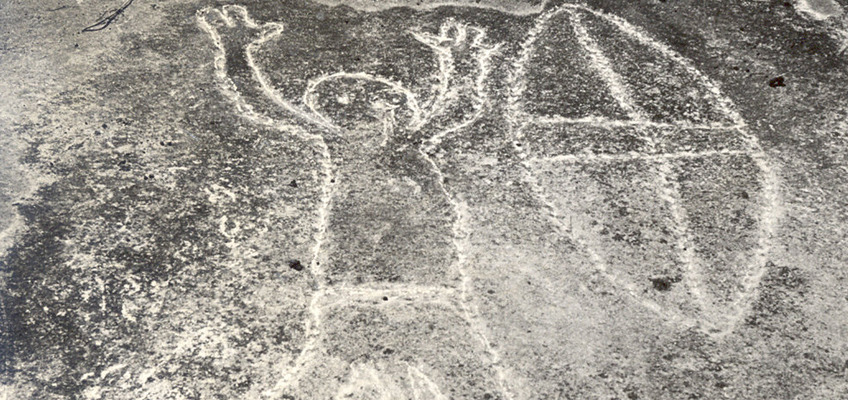Aboriginal heritage
Council recognises the Traditional Owners of the lands of Hornsby Shire, the Darug and GuriNgai peoples, and pays respect to their Ancestors and Elders past and present and to their Heritage. We acknowledge and uphold their intrinsic connections and continuing relationships to Country.

The Aboriginal tribes in the Hornsby Shire area had a culture that existed for millennia before it was disrupted by European settlement.
The Aboriginal heritage of the Hornsby Shire region was at least 15,000 to 20,000 years old by the time European settlers arrived in 1788. The local tribes were the GuriNgai and Darug people, who called the Hawkesbury River Deerubbin.
Their main food source along this river was yams, though they also ate fish and shellfish. Both men and women fished, while other hunting was divided between the genders. Women hunted small animals such as lizards and snakes, with men hunting the larger animals such as kangaroos and wallabies.
The arrival of Europeans disrupted these food sources, with much of the land cleared to establish crops by 1795. As food became scarce the Aboriginal peoples began stealing sheep and crops from the settlers' farms. Some of the farmers were tolerant of this, but many would shoot to kill on sight. Retaliation from Aboriginal peoples appears to have been rare.
Between 1794 and 1800 up to 200 Aboriginal peoples and 26 settlers were killed.
Most of the settlers were male convicts and the Aboriginal women faced a new danger. Many were abducted, raped and held against their will. The settler Robert Luttrell was killed in 1811 by an Aboriginal man who discovered him attempting to abduct and rape an Aboriginal woman.
During this period the Aboriginal populations also had to fight for survival against the diseases the settlers brought with them, such as smallpox and influenza.
There are more than 200 known Aboriginal heritage sites in Hornsby Shire, including rock shelters, middens and engravings. Burial sites are not common, but they are the most sacred sites to Aboriginal peoples. Around the year 1900 a burial site was discovered in the Ku-ring-gai Chase National Park, which also contains carvings of many types.
Middens and carvings can be found at Bobbin Head and Berowra Waters, while a collection of ceremonial carvings can be found off the Pacific Highway near Berowra. The most visible of these include carvings of footprints and a larger-than-life man holding a boomerang above his head next to a smaller woman.
Many of the place names in Hornsby Shire are derived from Aboriginal words. It was the Honourable Henry Copeland who named Ku-ring-gai Chase after one of the local tribes. “Chase” is an English word meaning an enclosed land where animals are kept for hunting.
Read more about Hornsby Shire Council’s Aboriginal Services, as well as the Our Place stories that reveal more about local Aboriginal heritage.







